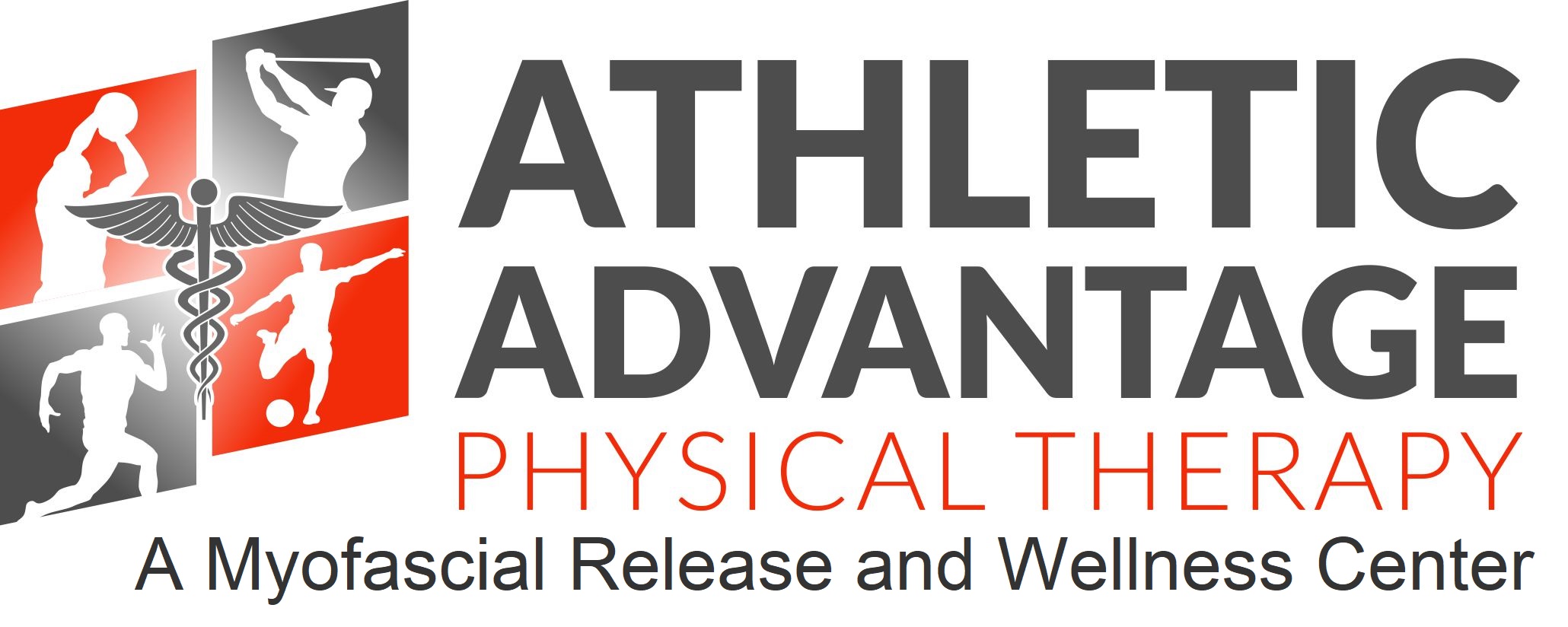Knee osteoarthritis (or knee OA) can be an intimidating topic. You may have heard that knee OA is a “slow progressive” condition, which may leave you with little hope that things could ever get better without receiving a knee replacement surgery. Although this traditional view of knee OA is widespread, the course of this condition is not that simple. In fact, recent research directly challenges this negative stereotype of knee OA.
Before diving into this topic, it is important to get our definitions straight. There are actually two ways to view “progression” within the context of knee OA: radiographic and symptomatic. Radiographic progression means that the knee is demonstrating changes in its bone and cartilage structure along with narrowing of the knee joint space as shown on x-rays. Symptomatic progression means that knee pain is increasing and/or knee function is worsening. Although most people think these two progressions inevitably go together, it turns out that this is not always the case1. From the radiographic view, research shows that structural joint changes will typically progress gradually over time. However, this does not necessarily mean you will experience a symptomatic progression, as large-scale studies are now showing multiple symptom trajectories that knee osteoarthritis may take. For example, while some patients do experience worsening of pain and function over time, others have stable symptoms and still others show improvement in symptoms.
Other Factors in Knee OA Progression
It turns out that there are a variety of factors other than changes on X-rays that influence the symptomatic progression of knee OA. Some of the factors that increase the risk of worsening knee function include decreased knee muscle strength, reduced proprioception (joint position sense), higher knee pain levels, depression symptoms and presence of other health conditions. On the other hand, factors that protect against worsening knee function include increased knee muscle strength, better mental health and higher self-efficacy. Some of these factors are modifiable and can be addressed with medical intervention (including physical therapy)!
In summary, the course of knee OA is highly individualized and influenced by a variety of factors other than the structural condition of your joint. There is also a large body of evidence supporting the effectiveness of physical therapy at improving both pain and function in those with knee OA. This information should give you hope that it is possible to see an improvement in your condition and get back to doing many of the activities you love and enjoy. For more information, visit our website or call our office at (740) 549-7041.


